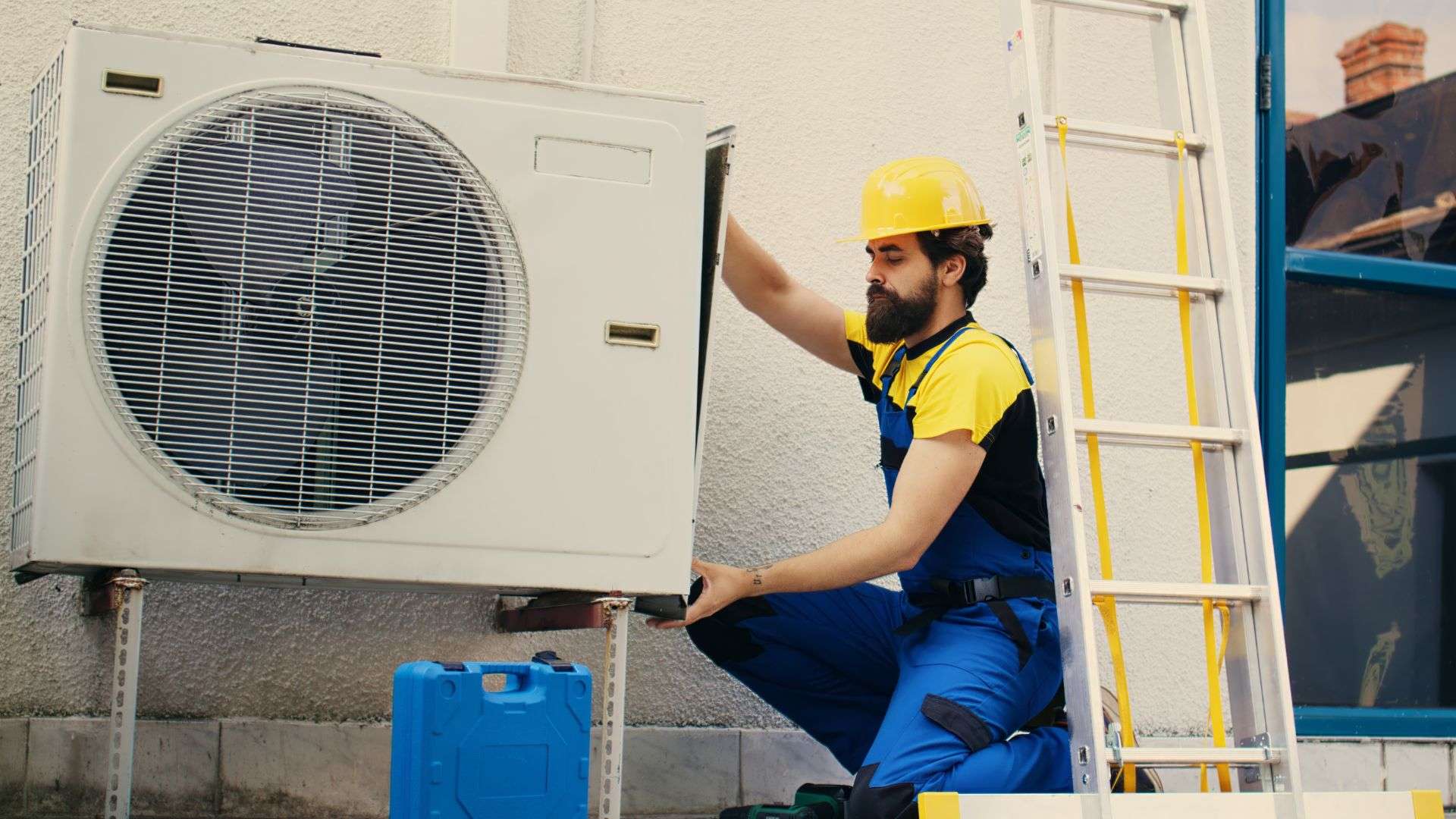
A breath of air revitalizes the HVAC system, keeps indoor premises comfortable, promotes air quality, and saves energy. A duct system is the circulatory system of the significant room for your HVAC unit. It only becomes efficient and safe if a duct inspection performed by HVAC professionals is routinely done. We will take you through the basic steps of an HVAC duct inspection and why it is essential for homes and businesses.
Duct inspection is essential for the following reasons:
Air quality: Dust, mold, and many other contaminants from the ducts will recirculate in your space, causing health issues.
Energy efficiency: A leaky and blocked duct makes any HVAC unit work harder, leading to higher energy bills.
Longevity: Regular inspections identify issues early, preventing costly repairs and prolonging the life of your HVAC system.
With these in mind, please take a moment while we explore the detailed steps of a professional duct inspection.
How to Do an HVAC Duct Inspection in Steps
1. visual inspection
A careful visual inspection of the ductwork is the first step. This method includes examination for:
- Visible dust, debris, or a sign of contamination.
- Physical damage, such as cracks, holes, or disconnections.
- Rust or corrosion, especially in older systems.
- Duct joint and connection sealing.
A skilled inspector will use a flashlight and mirror to access hard-to-reach areas.
2. Airflow Analysis
Periodic airflow testing is crucial so air can move through your space evenly. The technicians use instruments to measure air velocity and pressure. Suppose there is a difference between airflow in one room and another. Further investigation may be warranted in that case, as this could be in line with duct blockage, leaks, or improper system balancing.
3. Leak Detection
Leaky ducts account for considerable energy losses, often lost before reaching the intended space. Technicians will use several methods:
Smoke Tests: Nontoxic smoke is released into the ducts, revealing areas from where it escapes.
Thermal Imaging: Temperature differential analysis that indicates airflow leakage.
Pressure Testing: Forcibly measure the pressure drop to track any potential hidden leaks through specially designed equipment.
4. Inspection for Blockages
Over time, dust, debris, or pests can clog your ductwork and impede airflow, reducing system efficiency. Inspectors will:
- Use cameras or scopes to navigate through the ducts.
- Look for signs of blockages caused by accumulated dirt or foreign objects.
- Identify areas requiring immediate cleaning or pest removal.
5. Checks for Mold and Contaminants
Ducts that have moisture in them can provide an acceptable environment for the growth of mold and mildew, which can jeopardize indoor air quality and affect human health. Some of the stuff that professionals might do include:
- Check for any visible sign of mold or mildew.
- Take air samples for microbial contamination.
- Suggest remediation methods, such as cleaning or installing UV light systems if necessary.
6. Insulation Assessment
It cannot be overstated how vital insulation is when efficiently running an HVAC system. Damaged insulation or rotting may cost an arm and a leg regarding temperature loss and energy bills. Inspectors will check that:
- Ducts are adequately insulated, especially in unconditioned spaces like attics or basements.
- The existing insulation is in good condition and free from gaps or wear.
7. Register and Filter Inspection
Registers and filters may be outshone by other components in any system, but their importance can be paramount.
Thus, during the inspection, the technicians would:
- Ensure registers are to be open and clean and not blocked.
- Check for dirt and grime build-up on filters. Dirty filters restrict airflow, causing hardship for the system.
Replacing or cleaning filters is a simple yet effective way of improving efficiency.
8. Assessing the Dynamics of the System
After inspection of the ductwork, technicians assess the overall performance of your unit, which includes:
- Evaluating efficiency.
- Locating areas that could use upgrades or repairs.
- Offering suggestions for maintenance or improvements.
When do you schedule service for HVAC duct inspection?
In general, duct inspection should be scheduled at least once every two to three years, with the following exceptions indicating the need for immediate inspection:
- An unexpected spike in your energy bill.
- Rooms do not heat or cool evenly.
- Increased dust or foul odors.
- Allergies or breathing problems in those who occupy the place.
- Visible mold or pest infestations around vents.
Correcting these problems is a surefire way to save money while creating a healthier space for your family.
The GreenWorks AC Advantage
GreenWorks AC offers various HVAC services, from duct inspections to duct failures. Their trained professionals apply the latest tools and techniques to identify malfunctions in the duct system. Hence, they offer simple inspection and duct cleaning and repair services.
Conclusion
Duct inspection belongs not only to prevention; it is an investment in your system’s efficiency, indoor air quality, and long-term savings. Fix it before it is broken; you can enjoy comfortable living in peace.
Ready to give your HVAC system the love and care it deserves? Call GreenWorks AC today and schedule a duct inspection to set you on the path to a cleaner, more efficient home or business.
